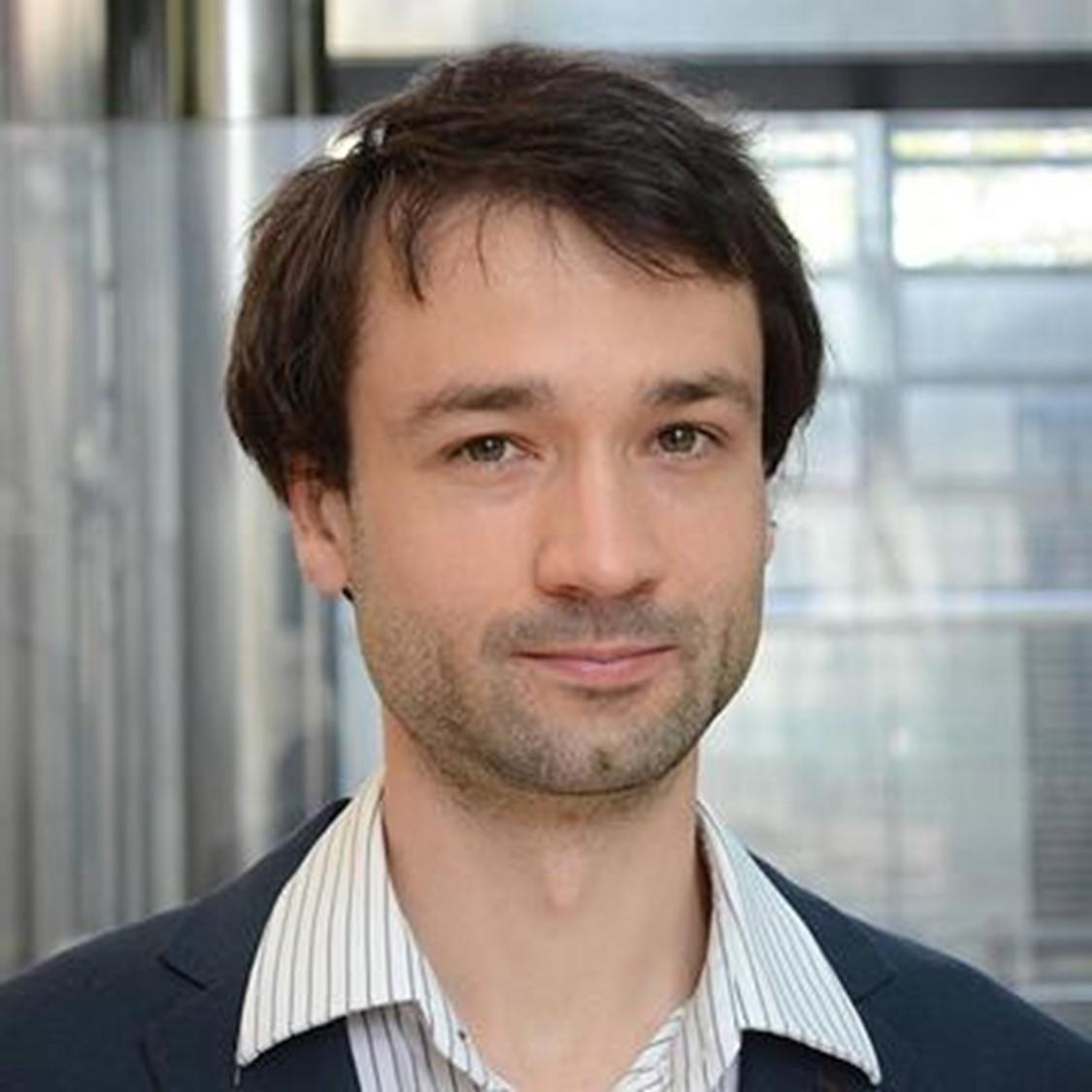Staff profile
Dr Keith Andrews
Assistant Professor

| Affiliation |
|---|
| Assistant Professor in the Department of Chemistry |
Biography
Biography
Keith Andrews received his MChem from Imperial College London, including a 13 month industrial placement at GlaxoSmithKline, Stevenage, where he worked with a breakout PROTAC (proteolysis targeting chimera) development team collaborating with Prof. Craig Crews. During his MChem project with Prof. Alan Spivey, he developed a computational approach to remove systematic error in Density Functional Theory (DFT) NMR shift predictions, allowing ambiguous configurational isomers to be distinguished in a total synthesis project. He moved to start his PhD with Ross Denton at the University of Nottingham in 2013, where he developed an organocatalytic Mitsunobu reaction for the inversion of secondary alcohols, and new reductive amination methodologies using hydridosilanes, including a three-component reductive-amination-trifluoroethylation protocol. He also developed an interest in using kinetic analysis for mechanistic investigations. Keith moved to the University of Oxford for post-doctoral research with Prof. Harry Anderson FRS to learn supramolecular chemistry, templating, and host-guest recognition techniques. Here he worked on supramolecular porphyrin arrays, the synthesis of single molecule magnets, and the development of novel conjugated organic pi-systems. In 2019, he was awarded a Royal Commission 1851 Research Fellowship to begin independent work on low molecular weight enzyme mimics for catalysis and molecular recognition, hosted in the lab of Harry Anderson, and joined Linacre College as an EPA Research Fellow. In 2023 he moved to Durham to start his research group.
Research Section
Chemistry for Sustainability
Teaching
Enzyme Mimics in Organic Synthesis (Year 4 Lecture Course)
Research Interests
Enzyme Mimics
Enzymes are the ultimate enablers of precise chemical transformations. Until recently, chemists have not had the synthetic tools to efficiently assemble 3D scaffolds such as those found in enzymes – let alone the ‘active site’, which performs the key chemistry. My research seeks to utilise supramolecular self-assembly to rapidly access tunable 3D cage scaffolds. The challenge is to then desymmetrise these geometric scaffolds to generate specific 3D environments such as those found in enzymes. The developed synthetic cage structures will be tuned for molecular-sensing and catalysis applications, specifically those requiring a level of atomic precision and pre-organisation currently beyond the reach of small molecule tools.
Soluble Robust Organic Cages
Chemical self-assembly typically requires rigid, geometrically-matched building blocks able to undergo “self-healing” (reversible bonding) to access closed (rather than oligomeric or lattice-like) structures. Due to these constraints, the resulting structures are often highly symmetric and poorly soluble. My research seeks to develop highly soluble organic cages and methods for their desymmetrisation. The soluble cages have functional handles both inside the cavity and around the periphery, and display fascinating enzyme-like behaviour – chemical reactivity that arises from the precise arrangement of the residues around the cavity. The tunability of these cages means that, in principle, libraries of enzyme-like cavities can be synthesised. This approach, if successful, will allow goal-oriented molecular sensing (for example, using dynamic covalent combinatorial chemistry to design hosts for specific guests). We are currently working towards enzyme mimic catalysts for selective transformations of biomolecules and the degradation of polymers.
Selected Publications
· Access to Amide-Linked Organic Cages by in situ Trapping of Metastable Imine Assemblies: Solution Phase Bisamine Recognition; K. G. Andrews and K. E. Christensen, Chem. Eur. J., 2023, e202300063. https://doi.org/10.1002/chem.202300063
Publications
Journal Article
- Andrews, K. G., Horton, P. N., & Coles, S. J. (in press). Programmable synthesis of organic cages with reduced symmetry. Chemical Science, https://doi.org/10.1039/d4sc00889h
- Andrews, K. G., Frampton, C. S., & Spivey, A. C. (2013). Structural assignment of a bis-cyclopentenyl-β-cyanohydrin formedviaalkene metathesis from either a triene or a tetraene precursor. Acta crystallographica. Section C, Crystal structure communications, 69(11), 1207-1211. https://doi.org/10.1107/s010827011302492x

